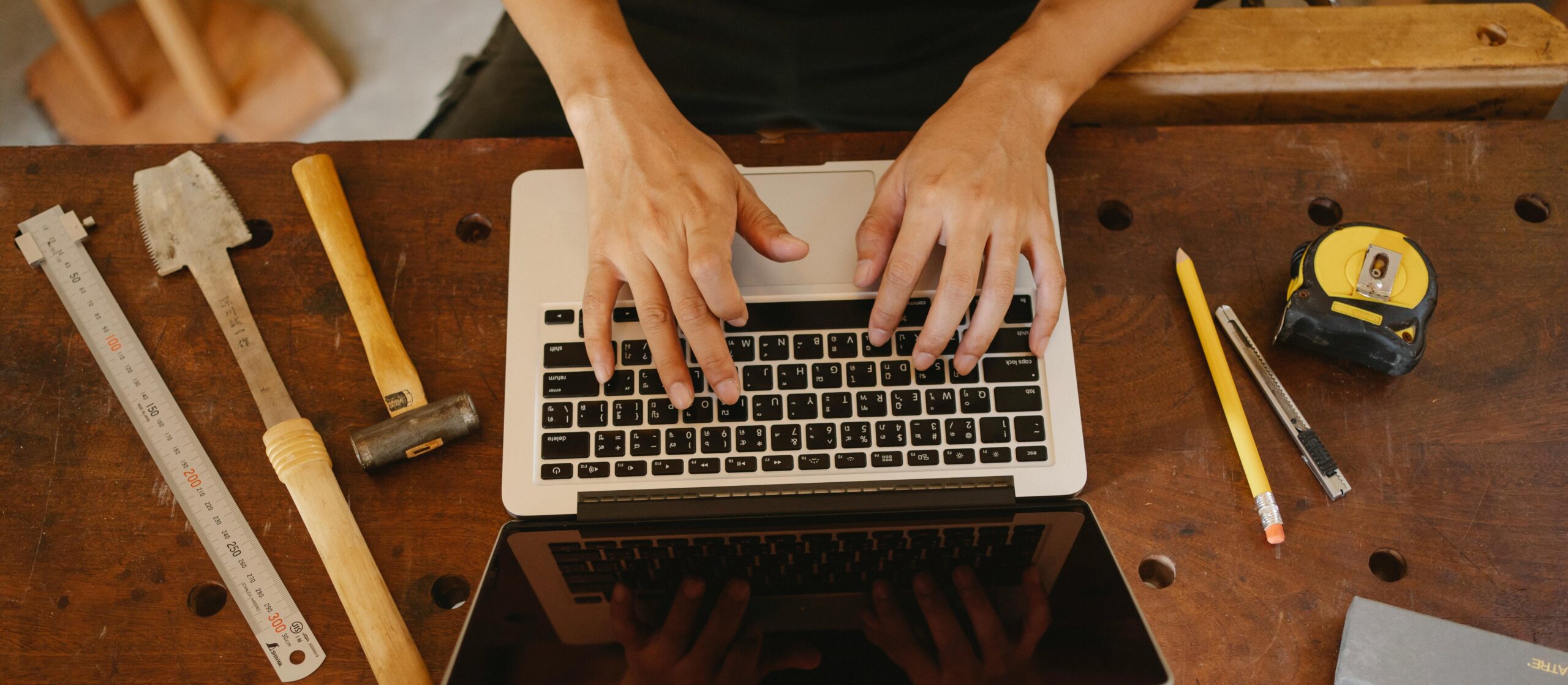As a designer, you already know all about the importance of sourcing or creating the right image for whatever you’re working on. Nothing can undermine a campaign or key piece of collateral faster than a sloppy image choice or a *shudders* overused stock image. But as web developers, we spend more time thinking about image size than content. And size should matter to you, too.
For example: a single image on a website may have multiple size requirements. It may be needed as a banner image – bold and beautiful in its full-screen glory at the top of a blog post – and also as a thumbnail – small and agile in its little block – on the index page.
Sure, it has to be the same image, but the same size simply won’t do. A 1600px wide thumbnail (and especially a whole page of them!) would really impact your page loading time and, on the other hand, a 300px wide banner would look pixilated and unprofessional.
You could upload two versions of the same image, one for each setting, but that’s time consuming and editing images in this way isn’t always easy for the non-designer site owner that you’re handing the content reigns over to once the site is complete. And it’s also totally unnecessary because:
WordPress can automatically create different size variants for you. Then load in the appropriate size for the intended use, so you don’t have to.
We can program your site so that you just need to upload a single image and WordPress will do the rest – saving time, energy and making the site run as efficiently as possible. We do this as standard on all the WordPress sites we build: we know that images are important – but also that bigger isn’t always better.
To discuss how to resize the amount of time and energy you’re spending on uploading images to your site, call Rob on 0117 403 0632

